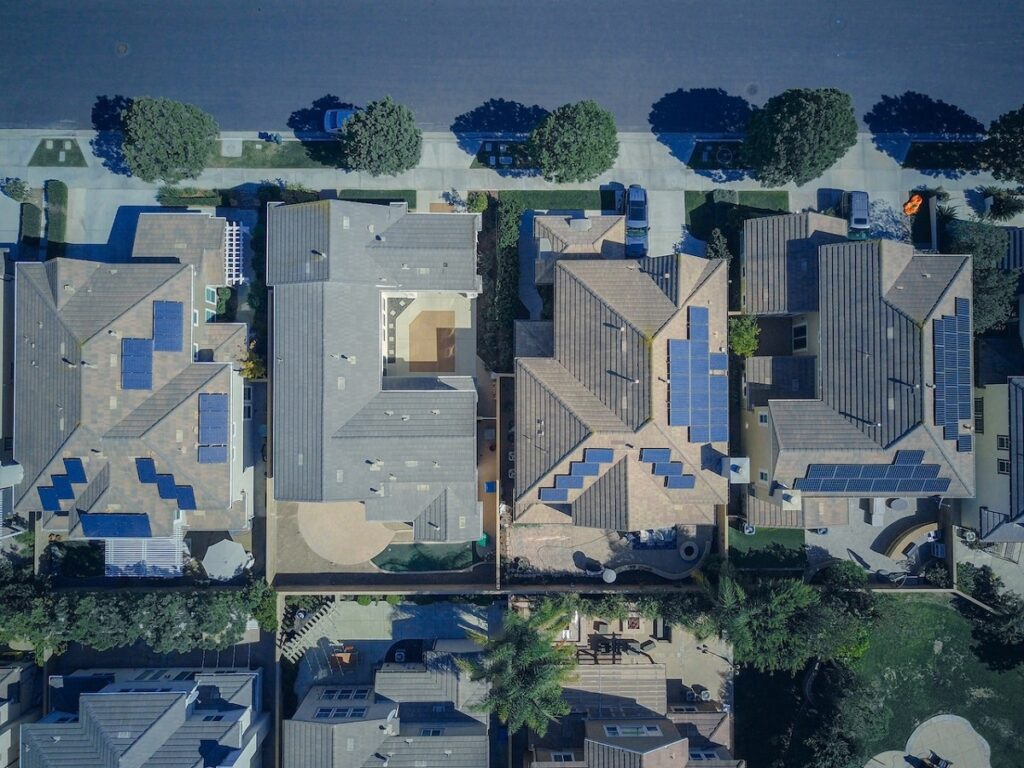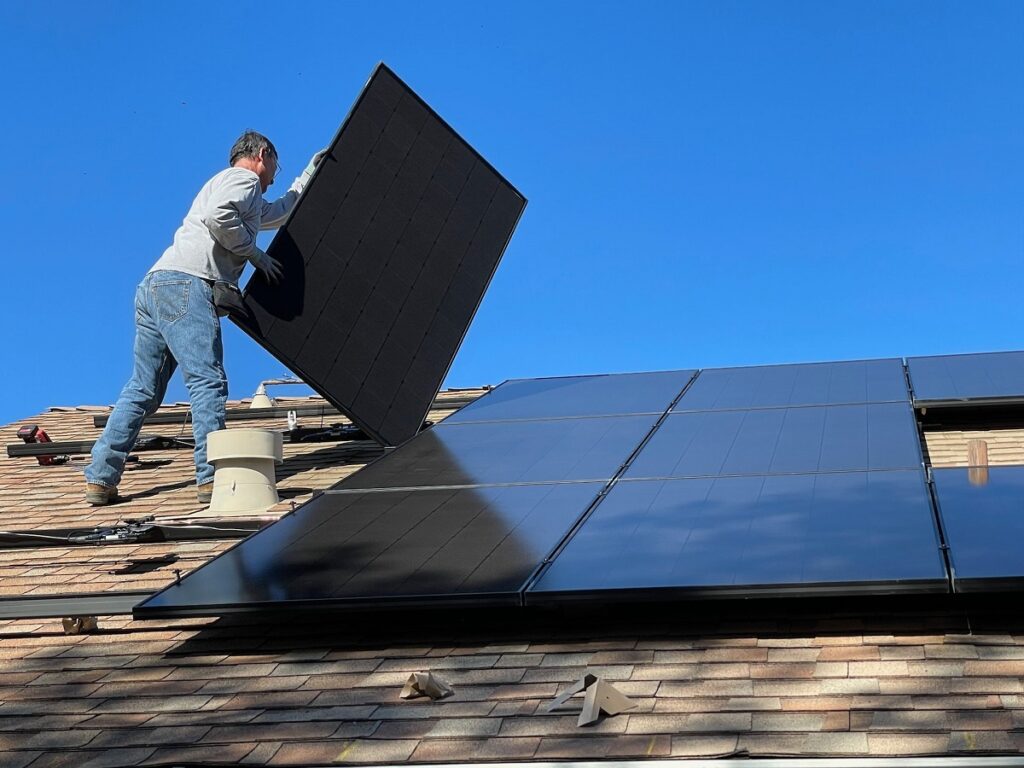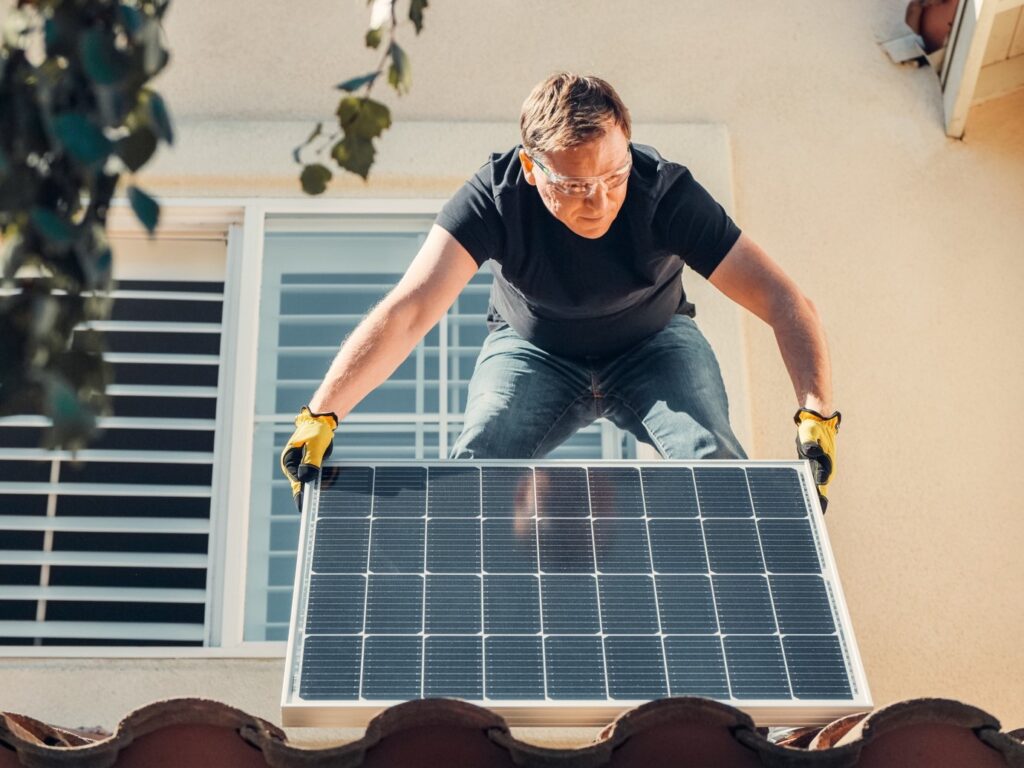One day before summer officially hits, and before the formal switching-on of the world’s largest lithium-ion array by Tesla in South Australia, Canberra has quietly flicked the switch on its own big battery – of the virtual variety.
Australian internet of things company Reposit Power and network operator ActewAGL Distribution said on Thursday they had switched on a virtual battery made up of behind the meter energy storage installed in Canberra homes that could deliver more than 1MW of power to the ACT grid, supporting it at times of peak demand.
It’s the latest of a raft of battery storage demand response projects that are firing up around the country, pulling together Australia’s rapidly growing distributed solar and battery storage resources to help get the National Energy Market through the coming summer – as well as through the transition to renewables.
Unlike grid-scale batteries, Reposit’s energy storage solution has the added benefit of offering something tangible to consumers, and more immediate than the longer-term promise of driving down electricity prices. That something is $1.00 in GridCredits for each kWh they discharge, which Reposit notes is about nine times the current available solar feed-in-tariff in Canberra.
“Actew AGL distribution have decided to buy services from their customers who have batteries installed – and they’ll be doing that all summer,” said Reposit CEO Dean Spaccavento on Thursday in an interview with One Step Off The Grid.
“They’re looking to support the Canberra grid, and they are looking to do it via their consumers.”
At this stage, the virtual battery scheme is aggregating and dispatching the stored energy resources of nearly 300 of the network’s customers – all of which are taking part in the scheme on a voluntary basis.
“We’ve asked them if they want to participate, and out of 280-odd battery storage customers, only two or three opted out,” Spaccavento said.
And he expects more and more households who have batteries, or install them in the future, to join the scheme, as they start to wise up to the multi-pronged benefits, including maxmising the value of their rooftop solar.
“It’s a push and pull thing. As the network uses it and people end up getting paid, you get more people wanting to install storage. So it becomes a virtuous circle.”
It also helps that the way the system works is pretty straight forward.
“For the customer, it’s very, very easy,” Spaccavento says: when households accept the call for demand from Actew AGL Distribution, which is done automatically through the Reposit platform, then for every kWh that comes out of their system, they get a dollar. These dollars are aggregated over time, and the households are sent a cheque. Customers are notified in real time when their battery is being used.
But ultimately, Reposit believes that the flexibility of virtual battery plants, and their ability to provide direct benefits for both the network and consumers, at the same time, gives them an advantage over grid-scale projects like the Tesla big battery in South Australia.
“The advantage of creating a virtual big battery is that they can be built anywhere, homeowners across Australia can be part of it and taxpayers aren’t left with the bill,” he said.
“When home batteries aren’t being used by the grid, they go back to doing their day job,” Spaccavento says. “That’s something that a big battery just can’t do.
“This is just the beginning of the virtual battery,” he said. But for the meantime, he added, “we’ll be delivering well over one megawatt into the grid over the summer for Actew AGL, as required – and we will be doing it this afternoon.”
Alongside the virtual big battery – which was launched in Canberra by the CEO of Energy Consumers Australia, Rosemary Sinclair – Reposit is also launching Reposit Fleet, a purpose-built software platform that makes building virtual big batteries easy.
Considering the recent report from Bloomberg New Energy Finance that projected as much as 90 per cent of Australia’s battery storage capacity could be installed behind the meter by 2030, it’s a software platform that could come in handy.
“With Reposit’s new platform, electricity companies can use a collection of Reposit systems to deliver electricity to the grid at very short notice.” Spaccavento said.
Source: Sophie Vorrath


